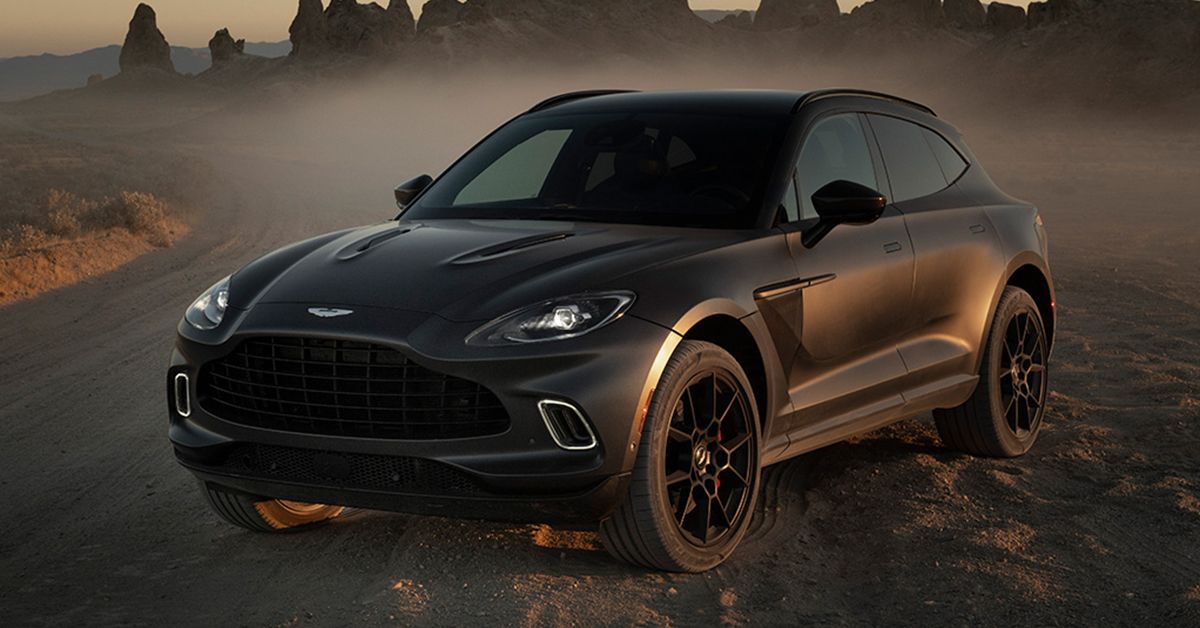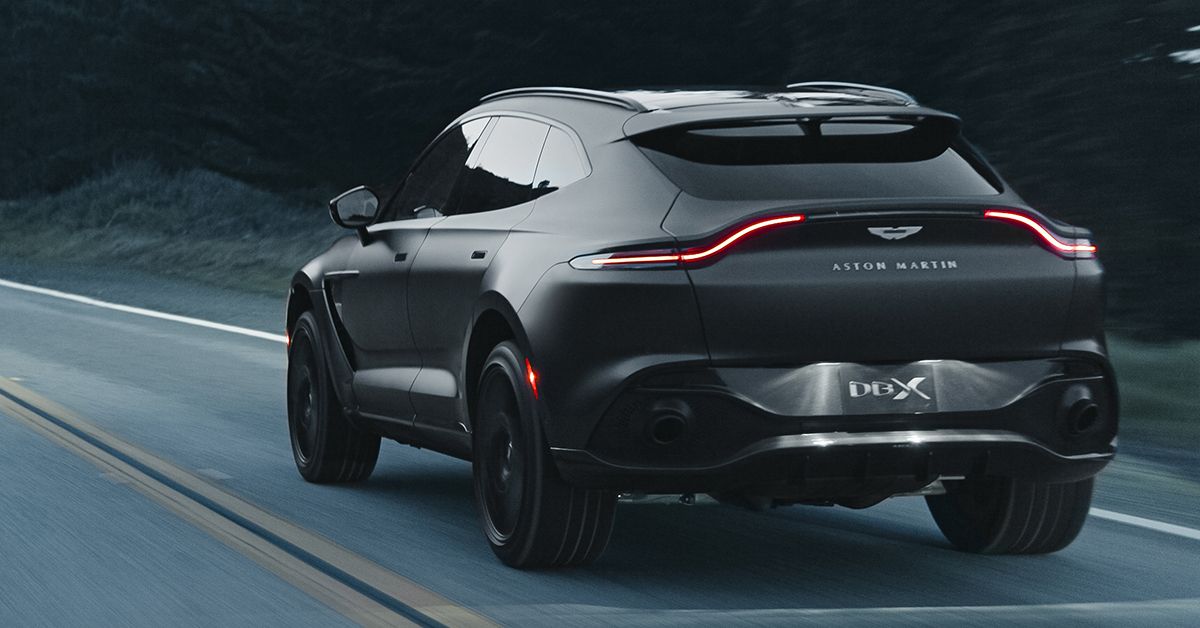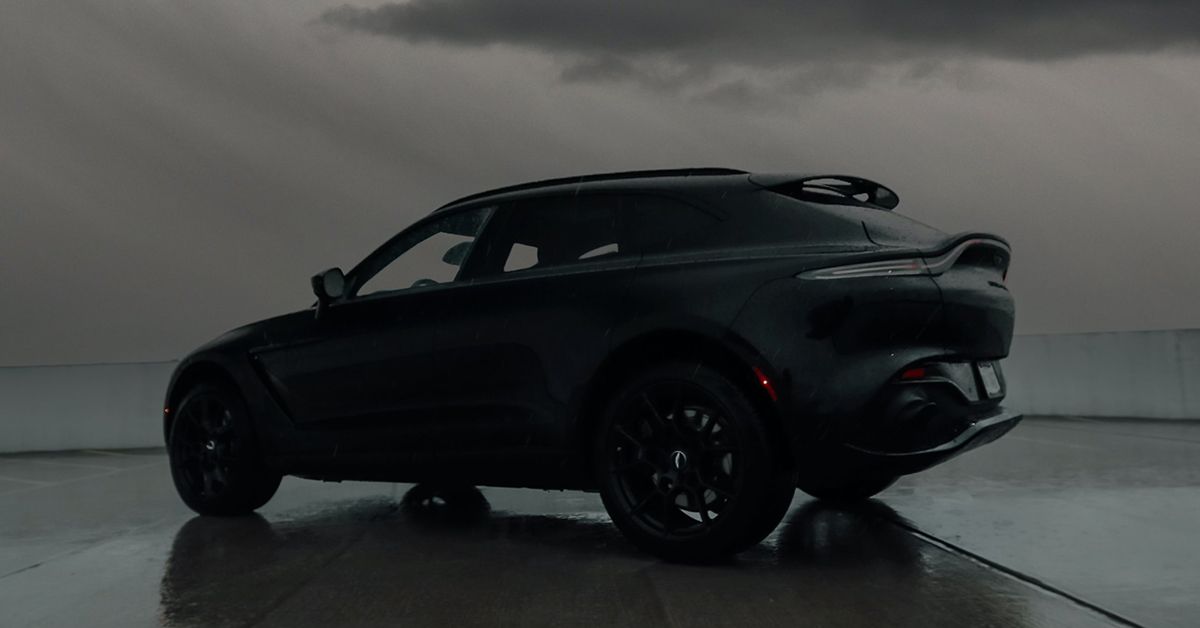When Aston Martin unveiled the DBX as its first-ever SUV, the carmaker touted it as the model that would propel the British brand to new heights worldwide. From the moment that the development of the DBX was commenced in 2015, the company knew it would be an exceptional model that it had to build and deliver.
Aston Martin's decision to break the mold and add an SUV to its lineup isn't really a surprise. In the past several years, various sporty carmakers have decided to launch their own SUVs. In the year Aston Martin started the development of the DBX (2015), fellow British carmaker Bentley unveiled the Bentayga. In 2018, Lamborghini took the veil off the Urus, which sales went off to a terrific start.
For several years now, SUVs have been the most appealing vehicles for consumers. Their sales continue to rise, and the demand for SUVs seems inexhaustible until now. With such appeal to customers, SUVs usually account for a huge chunk of company sales, thereby affecting finances positively. The same could be said for the DBX, which is literally saving Aston Martin single-handedly on four wheels.
DBX As Plug For Aston Martin's Financial Leak
When Aston Martin unveiled the DBX at the Los Angeles Auto Show in November 2019, the British carmaker was already in a dire situation – something that has become normal for the company. At the time, Aston Martin posted £72.9 million in losses in the first nine months of 2019. The carmaker eventually ended the year with £104 million in losses.
Aston Martin, however, is pretty upbeat about the future thanks to the DBX. In December 2019, Aston Martin president and chief executive Andy Palmer told Automotive News Europe in an interview that the DBX would serve as the plug that could stop the carmaker's financial bleeding. He expected the new Aston Martin DBX to account for the bulk of sales in 2020 – a prediction that came true.
The carmaker commenced production of the DBX in July 2020. In less than six months, Aston Martin delivered 1,516 DBX SUVs, which represented nearly half of the number of vehicles sold in the full fiscal year 2020 (3,394 units). Aston Martin, however, still posted more than £400 million in losses in 2020, no thanks to more than £800 million in cost of sales and operating expenses incurred in the year. Its overall sales were also affected by the COVID-19 pandemic.
DBX Keeps Aston Martin Running In First-Half 2021
Nevertheless, the sales figures in 2020 show high demand for the Aston Martin DBX, which meant a promising future for the dynamic SUV. That high demand continued into 2021. In the first half of the current year ending June 30, 2021, Aston Martin sold 1,595 units of the DBX – a bit higher than in the last six months of 2020. That figure, however, represented 55% percent of the carmaker's total wholesale in the period.
The huge sales figure for the DBX greatly affected Aston Martin's performance in the first half of 2021. Year-on-year comparison shows that Aston Martin's first-half sales grew 224% from 895 units in 2020 to 2,901 units in 2021. That resulted to 242% surge in first-half revenues from £146 million to £498.8 million (around $692 million).
Down the line, Aston Martin was able to cut its first-half operating losses by more than £120 million from £159.3 million to just £38 million ($53 million). For the period, losses after tax were trimmed by almost £129 million, from £199.8 million to merely £71 million ($99 million).
DBX To Push Aston Martin Sales To 6,000 In 2021
It's undeniable that the DBX was a big help in keeping Aston Martin at a profitable striking distance in the first half of 2021. It's becoming the British carmaker's cash cow, with the majority of company sales accounted for by the DBX. How long the DBX can contribute big time to revenues is something that only Aston Martin can answer.
Nonetheless, Aston Martin is quite bullish for the full fiscal year 2021. With the DBX providing the boost, Aston Martin expects to sell around 6,000 total vehicles (all models) for the whole year, With nearly 3,000 units sold in the first half of 2021, the British carmaker might be on track to achieve this goal – with a strong push from its GT/Sports models and the DBX SUV. In fact, the carmaker has a positive outlook for 2021, which could be slightly impacted by a legal action that the company is facing.
First DBX Derivative To Be Unveiled This Quarter
Despite the company's positive outlook for 2021, it is looking out for uncertainties surrounding the duration and impact of the COVID-19 pandemic. The company is expecting significantly varying consumer demand for its vehicles across geographies.
Aston Martin will be on roll in the second half of 2021. It will commence deliveries of the 1160-hp Valkyrie hypercar in the period and the track-only AMR Pro version in the fourth quarter. The carmaker will also commence production of the first DBX derivative this quarter, which means that an unveiling event is coming soon. So far, the identity of this DBX variant is unknown, but this and further versions should help Aston Martin get out of the financial storm as soon as possible.
In the mid-term, Aston Martin is hopeful that it could sell around 10,000 vehicles and post £2 billion in revenues by 2024/2025. Of course, the DBX plays a "hero" role in the mid-term goal.
Source: Aston Martin



